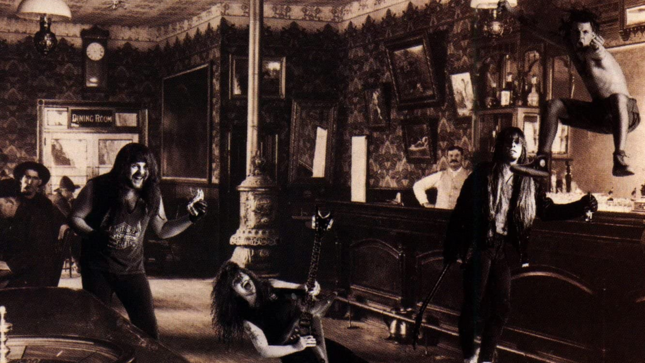
The ‘90s marked a change of the guard in the world of rock and roll. Gone were the fading sounds of hair metal, and in its place was a return to the more authentic sounds of grunge, taking the sounds of alternative music and giving it a healthy dose of muscle. Then again, grunge is just one facet of what the ‘90s had to offer. From one year to the next, hard rock fans were treated to one great album after another, some of them coming in the space of just one year.
So when going through every single year in hard rock, these are the records that marked gamechangers in the genre. Then again, changing the game can come in many different forms, either signaling a new genre starting to rise to the surface or old bands rising to the surface to give us something that we didn’t realize they could pull off. Regardless of how these albums were made, they marked a turning point in the world of rock and roll, with bands either following the band’s leads into new territory or going in the exact opposite direction because they couldn’t really connect with what they were doing.
The ‘90s had their fair share of classics, but once you heard these albums, nothing was ever going to be the same again.
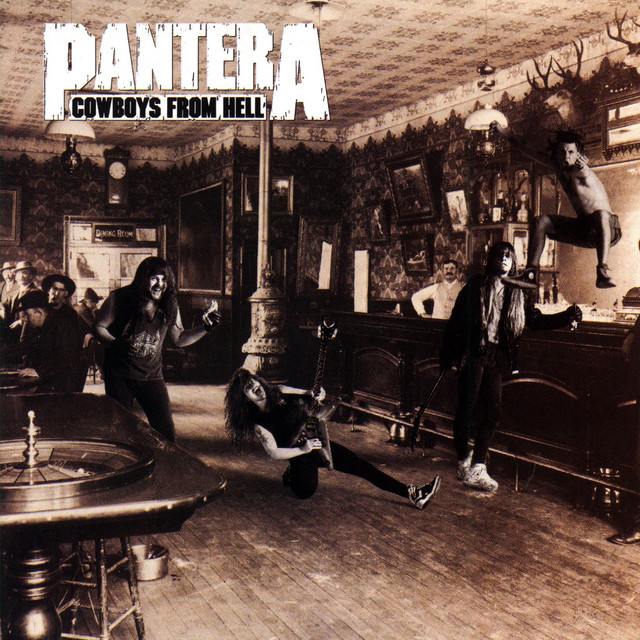
1990 – Pantera – Cowboys From Hell
The ‘90s never really got started until grunge hit the airwaves. In the meantime, 1990 was the home of a lot of transitory bands, from the last few gasps of hair metal to bands that threw anything at the wall in the hopes that something would stick. Thrash was still bubbling up in the underground though, and a little old band from Texas gave us one of the most menacing albums of all time. While Pantera had been around in the metal scene for a decade doing glam rock, their first album of the ‘90s kicked metal in the ass, with Dimebag Darrell’s riffs sound ferocious on the title track and “Primal Concrete Sledge”.
Instead of hitting you over the head like Slayer though, the backbeat behind every single song was incredibly tight, almost as if metal was being played by a Texas swing band. Even with Phil Anselmo’s terrifying croon, songs like Cemetery Gates gave us a more tender side of what could do, still being introspective without having to sacrifice any of the heaviness. As the ‘90s progressed and metal started to go out of style, no one could say no to what Pantera brought to the table. The age of Pearl Jam may have been around the corner, but Pantera was always proud to fly the flag for metal music.
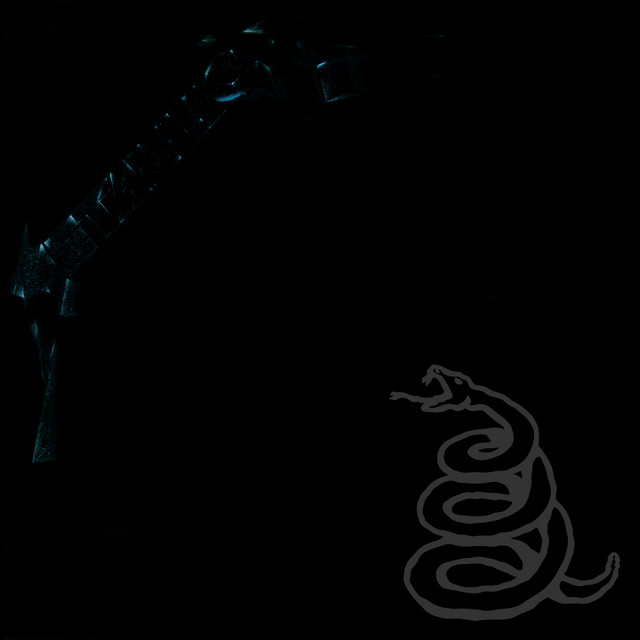
1991 – Metallica – Metallica
There’s a good chance that 10 classics from 1991 alone could fill up this list. In between the sounds of Nirvana and Pearl Jam officially taking over the mainstream, Guns N’ Roses released their mammoth Use Your Illusion albums this year and welcomed the beginning of bands like The Red Hot Chili Peppers in the mainstream. As for the harder side of rock, one of heavy metal’s biggest underground acts casually became one of the biggest bands in the world. After playing straight ahead thrash for a decade, Metallica’s choice to work with super producer Bob Rock struck gold on Metallica (aka The Black Album), having just as many mellow moments as harsh ones.
Although fans might have called out their favorite band for selling out, there wasn’t much let up from front to back. Though they might not have had an instrumental, songs like “Through The Never” and “Holier Than Thou” was the Metallica that we all loved, only with a bit more glossy production this time around. When they did decide to get introspective, tracks like “The Unforgiven” and “Nothing Else Matters” brought another dimension to what thrash metal could be outside of just headbanging. And even if the orchestral arrangements and acoustic guitars were a dealbreaker, it’s more than made up for on “Sad But True”, with one of the most menacing riffs of any other metal band. Exposing metal to a new generation of fans, Metallica created the heavy metal answer to Dark Side Of The Moon.
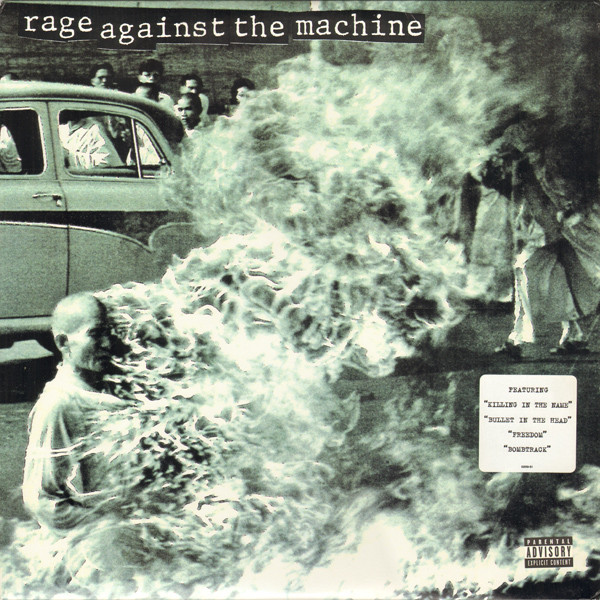
1992 - Rage Against The Machine – Rage Against The Machine
For the longest time, rap and rock seemed to be like oil and water. As much as Aerosmith and Run DMC wanted to collaborate with each other, some of the more jaded metal fans shied away from the sounds of Public Enemy and NWA. Both styles draw on a similar intensity though, and it made too much sense to bring them together. From the minute Rage Against the Machine’s self titled starts, you’re in for a beating, with Tom Morello making some of the thickest riffs of the decade. Instead of your average rock lyrics, Zack de la Rocha had a lot to unpack on here, going after the injustices that we don’t bat an eye to in America, from the limitations put on people’s rights on Freedom to racist cops that roam the streets on Killing in the Name. Morello was also about more than just soloing, creating warped sounds that no one had ever heard before, being equal parts shredding guitar and soundtrack for a Stanley Kubrick film. While most of nu metal followed down the path Rage paved on this album, it was never about getting in on a trend. This was as pure a rebellion can get, and Rage were ready to take the entire world down with them if they had to.
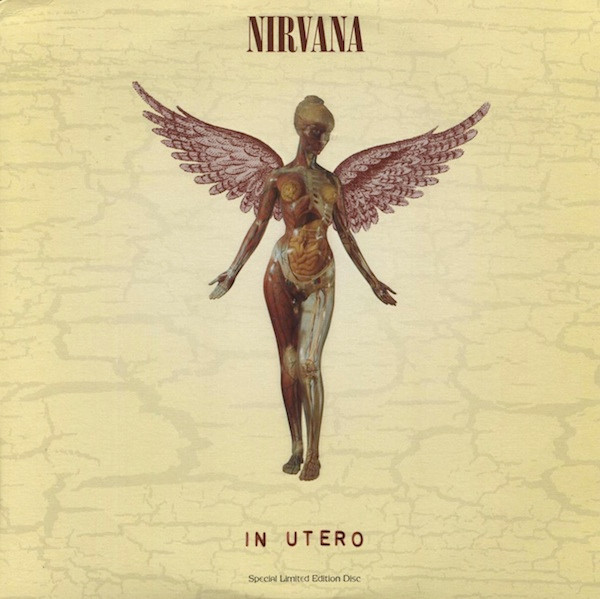
1993 – Nirvana – In Utero
It might seem blasphemous to not see Nevermind by Nirvana on a list of best albums of the ‘90s. While the band’s sophomore effort gave them widespread acclaim and inspired legions of guitar players to play from the heart, something about the final mix never sat well with Kurt Cobain. He wanted something that sounded like Nirvana in the room, and In Utero was Nirvana on Cobain’s terms. Recording with indie producer Steve Albini, this is one of the most abrasive releases to be put out by a mainstream band, being focused just as much on raw noise and art rock as they were on the pop singles.
While some producers were brought in to clean up the radio friendly songs like “Heart Shaped Box”, what you’re hearing on this album is Cobain’s violent reaction to fame, from dealing with the problems of signing that record contract on “Serve The Servants” to missing the comfort in feeling sad on Frances Farmer… Although Cobain liked the final mix a lot better, fans couldn’t see how much he was hurting inside. The fame had started to get to him by the minute, and his demons got the better of him when he was found dead in his home in 1994, a few months after the album dropped. In Utero may not have played a role in what Cobain was going through, but it’s hard to listen to something like “Scentless Apprentice” these days and not feel like it’s coming from a genuine place.
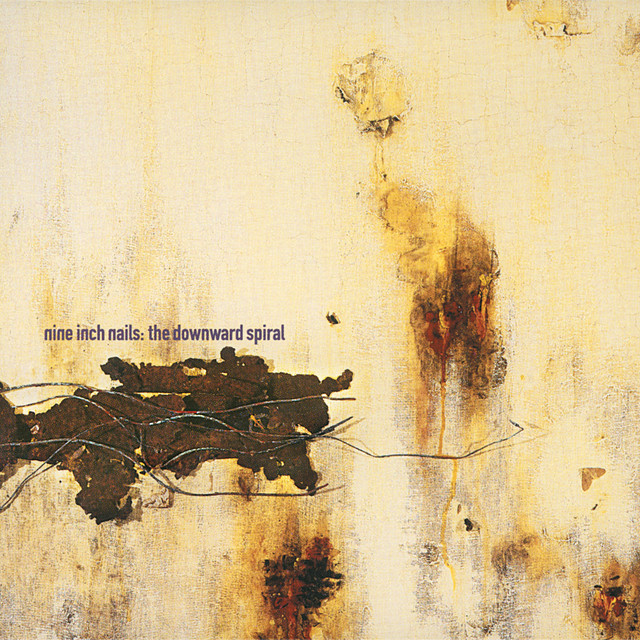
1994 – Nine Inch Nails – The Downward Spiral
While metal may have struggled in the age of irony, there was a different stripe of heavy music going on at the same time. Around the time that Nirvana were cutting their teeth, bands like Ministry were paving the way for industrial rock, which would stretch out even further when Marilyn Manson arrived halfway through the decade. Nine Inch Nails may have been the most radio friendly of the bunch, but you weren’t leaving the Downward Spiral without a few scars. After living the rock star lifestyle off the success of Pretty Hate Machine, Trent Reznor was angry and poured all of his negative energy into this concept album, following a man trying to sink as low as he can.
Although the album gained traction because of the hit “Closer”, it’s not exactly the most comfortable song to listen to, talking about sexual domination and intense anger. The rest of the album optimistic by comparison, taking the building blocks of noise and letting you look into the mind of this character, until the final few tracks where he commits suicide and reflects on his life on “Hurt”. This record might not have been designed as a best seller by any stretch, but metal fans found a companion in someone who didn’t feel comfortable in their own skin and wanted to scream about it. Some songwriters might like to tell a story with their music, but Reznor peeled back the layers of his fragile mind and showed us what he found on this record.
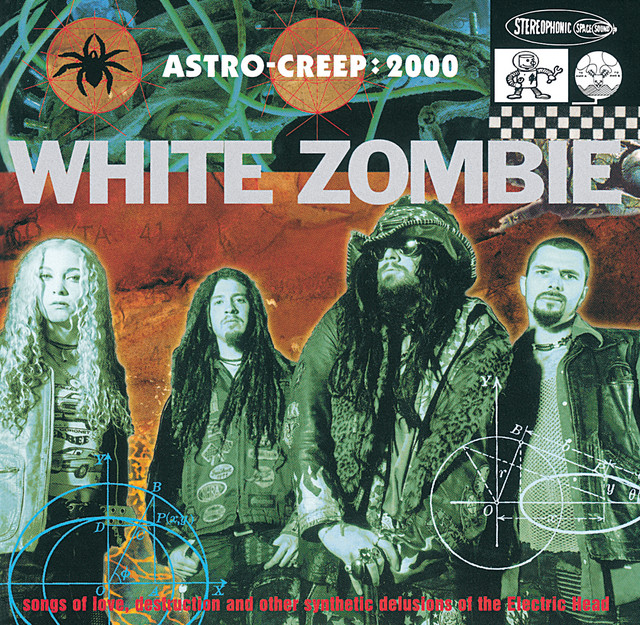
1995 – White Zombie – Astro Creep 2000
Once Nine Inch Nails kicked down the door, metal started to feel a little bit cool again. After grunge had died, the next phase of the ‘90s was willing to embrace the more flamboyant side of music. It was time for the freaks to get some exposure, and White Zombie were ready to take you off roading on Astro Creep. While the band’s previous La Sexorcisto put them on the map with songs like “Black Sunshine”, this was the ultimate metal experience, with Rob Zombie embracing his love of horror movies, heavy metal, and comic books under one roof.
Modeling their songs on previous shock rockers, there’s a healthy respect for noise on this album, taking the basis on metal and messing it up, almost like two machines are fighting with each other in the middle of the mix. When the album hits though, we get “More Human Than Human”, which sounds like one of the first songs that you’d hear as you enter hell. Even though this marked the end of White Zombie’s classic period, this practically serves as the handbook for what Rob Zombie would do later, taking the campy elements of this album and infusing that into his solo career on songs like “Dragula”. Metal is supposed to be about the sounds of hell, but when you throw this album on, life spent in the underworld doesn’t actually seem so bad.
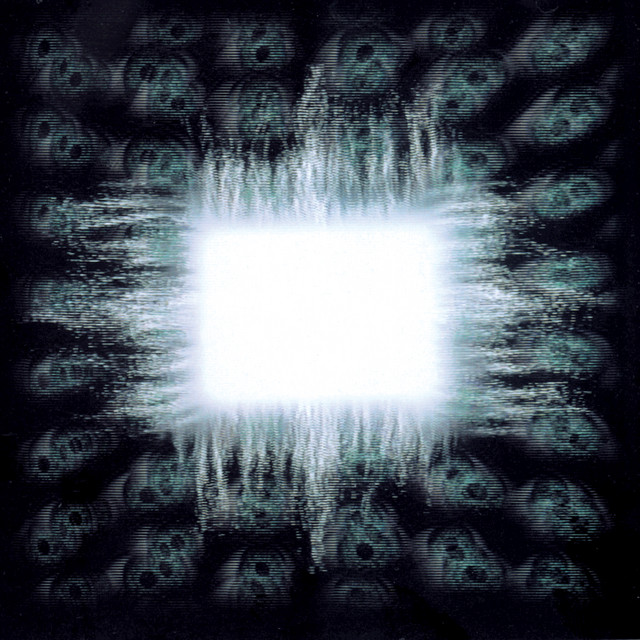
1996 – Tool – Aenima
Metal always had a nasty reputation for not being the smartest genre in the world. Even though bands could play a mile a minute, they all seemed to be singing about death and destruction, and threw a couple of decent licks in the mix before calling it a day. Tool may have started in that same metal camp, but Aenima was where the complexity started to come in. Although Tool had their sound down to a science, these songs toy with your expectations of what metal should be, like the polyrhythms going on in Danny Carey’s drum parts and the band playing in lock step with each other over different time signatures.
Maynard James Keenan’s lyrics are also more cerebral this time around, talking about the philosophy of human development on “Forty Six And Two” and frying your brain to ribbons on the closer “Third Eye”. There’s still a silly streak to these songs, like having the sense of humor to make your first single Stinkfist and having such radio friendly bangers such as “Hooker With A Penis”. Tool were going to open even more doors on their next album Parabola, but they’ve never been more tongue in cheek than they were here.
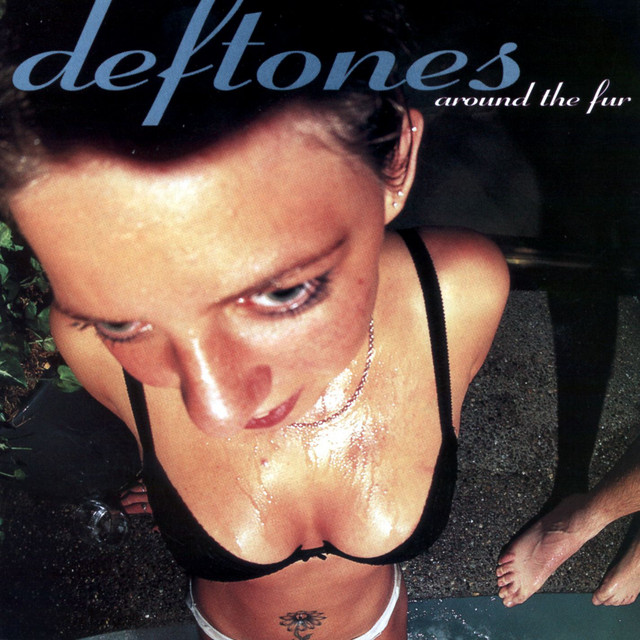
1997 – Deftones –Around The Fur
By the time 1997 rolled around, nu metal had finally started to come into its own. Korn had built the foundations with their debut a few years prior and the beginnings of Limp Bizkit and Coal Chamber were starting to rear their head as well. Although Deftones had a similar origin story, Around The Fur is where everything started to change. After spending their debut Adrenaline playing typical nu metal songs, the biggest change here is in the atmospherics, with Frank Delgado adding in sonic layers to the songs.
While the chugging riffs haven’t gone anywhere, the raw sound of “Be Quiet” and “Drive” is a lot more atmospheric, almost like the band wanted to combine the sounds of Ministry with My Bloody Valentine. Chino Moreno also came into his own on this record, refining his scream while also settling into his signature singing, always leaving you wanting more and building tension just before exploding on “My Own Summer”. Though fans like to single out White Pony as the band’s best, they couldn't have made that jump were it not for the experiments on this album working out so well. While nu metal may have been synonymous with frat boys at the time, it could get serious when it wanted to.
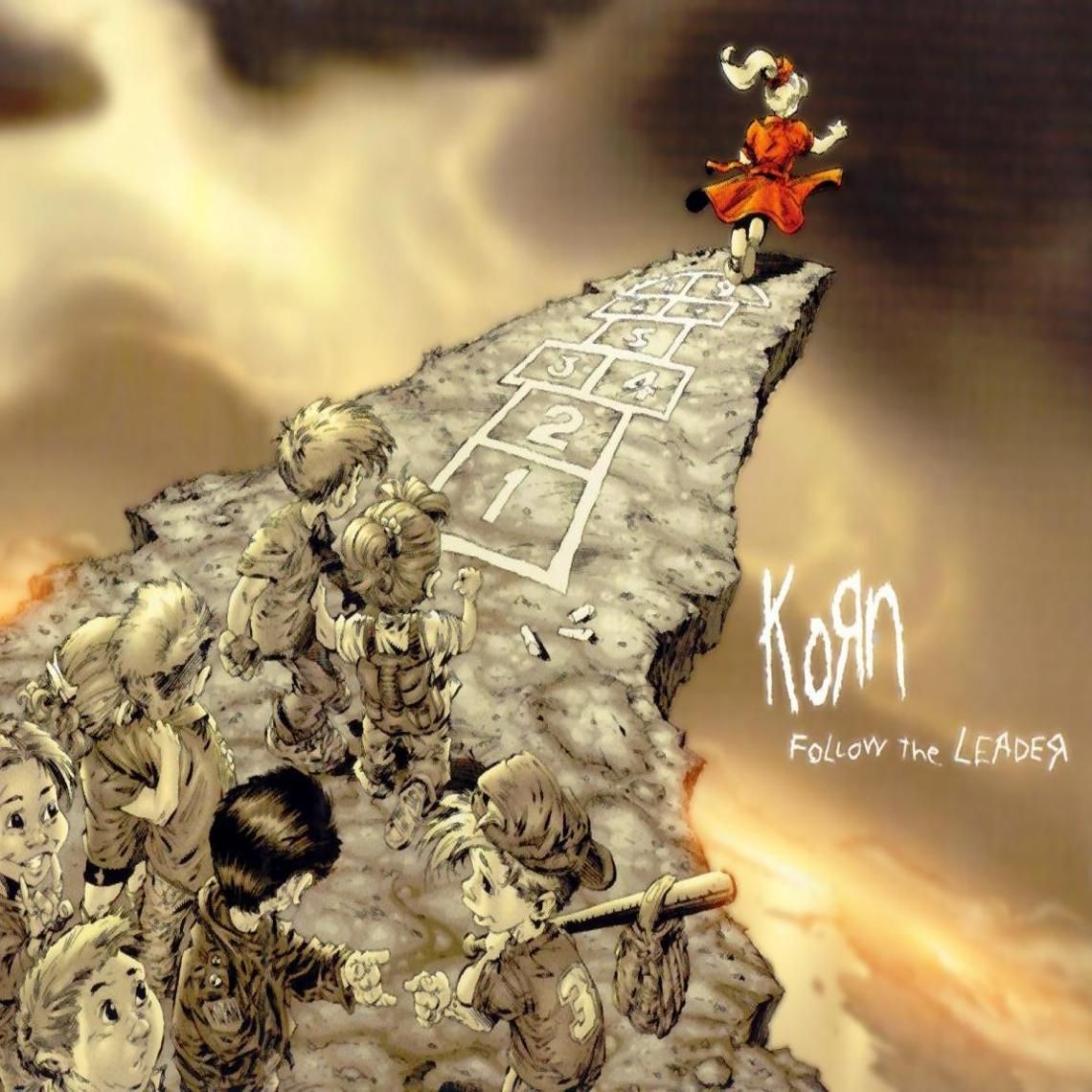
1998 – Korn – Follow The Leader
There’s no easy way to categorize Korn’s music. Even though they tore down the walls for nu metal, they never traditionally rapped, favoring Jonathan Davis’ signature scream instead. If their debut introduced the world to Korn, then Follow the Leader gave nu metal its first commercial classic. Years before Limp Bizkit started to take over MTV, Korn’s brand of metal struck a nerve in kids who didn’t feel like they had a place in the world. While Davis’ vocals may have sounded like he was in a mental institution, everyone connected with the sense of abandonment he was referring to, thinking that their parents had turned their backs on them.
Most of this album captures a point in time in the nu metal scene, there are certain elements of the record that were totally unique for the time, like Davis’ weird scat breakdown in the middle of “Freak On A Leash” and Fieldy’s insanely low bass tunings, almost sounding like a percussion instrument rather than an actually guitar with strings. This was never a genre concerned with the pretty melodies anyway though. This was about hearing artists bleed on a record, and even if you couldn’t make out what Davis was saying some of the time, you knew it was intense as hell.

1999 – Slipknot – Slipknot
As we reached the end of the decade, the sound of metal suddenly was mainstream again. Although bands like Limp Bizkit may have strutted their stuff on MTV, the entire metal scene was also starting to become cartoony again, picking up where hair metal left off and leaving Woodstock 99 in shambles in its aftermath. In the sea of backwards hats and eyebrow piercings though, no one could have expected what a couple of kids from Iowa served up. While Slipknot may have been typecast as a nu metal band in the beginning, this was far more intense than anything their peers were serving up. From the minute that “(sic)” starts at the beginning of the record, it feels like the band are ready for war, taking the elements of bands like Slayer and Ministry while also bringing in a healthy dose of death metal intensity into the mix.
While the masks that they donned in the beginning may have looked a bit cringy in retrospect, this was genuinely disturbing at the time, as Corey Taylor vented his frustrations about his poor childhood and how society is eating itself alive. For Slipknot diehards, this was only the beginning of the intensity, with Iowa coming in the next millennium to set the entire world on fire. The metal scene still hasn’t recovered from this record either, with label execs still wondering how they can create the next Slipknot. Then again, the only way bands like this rise to the top is from years of repressed anger finally being let loose.